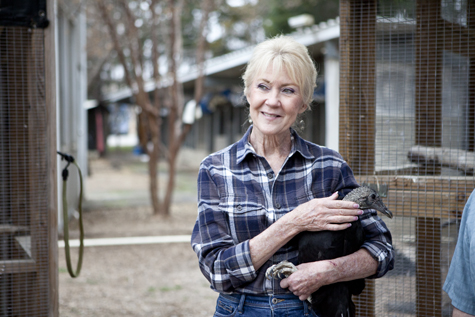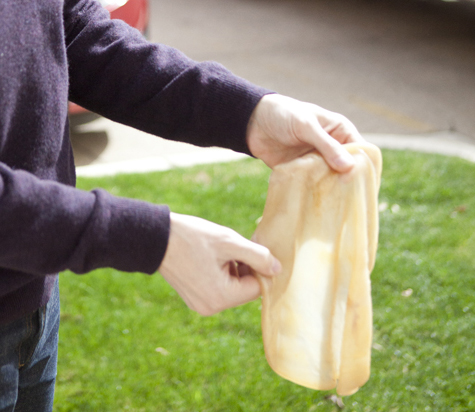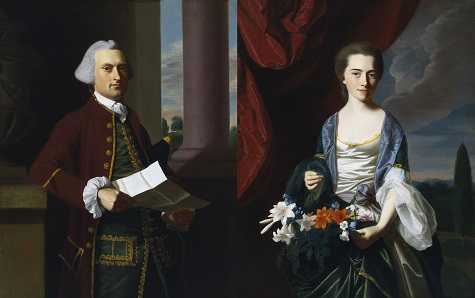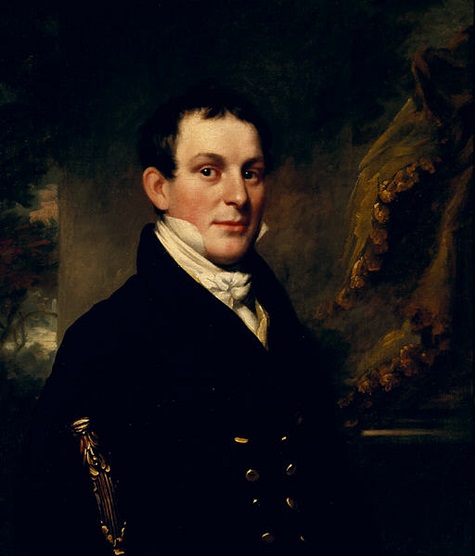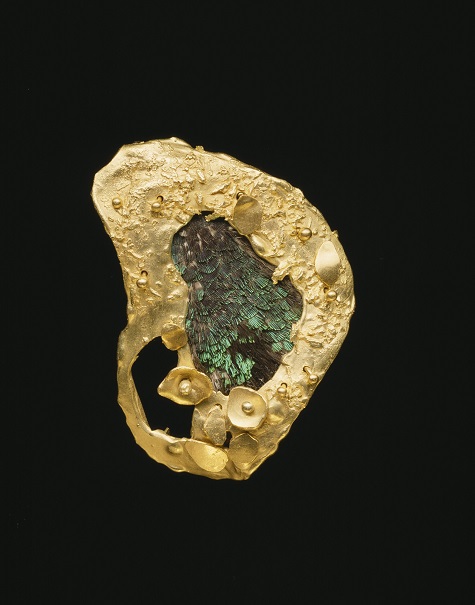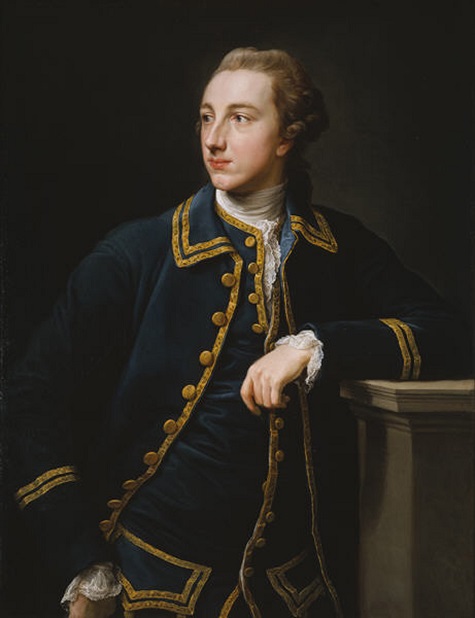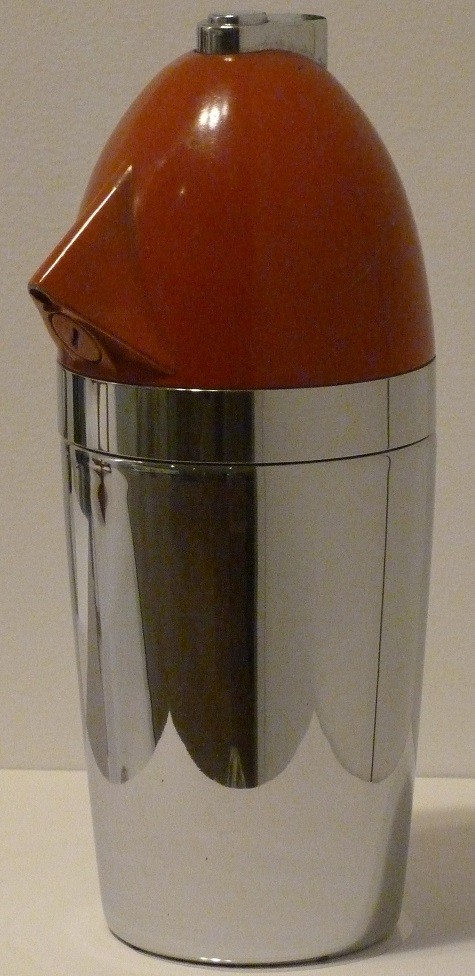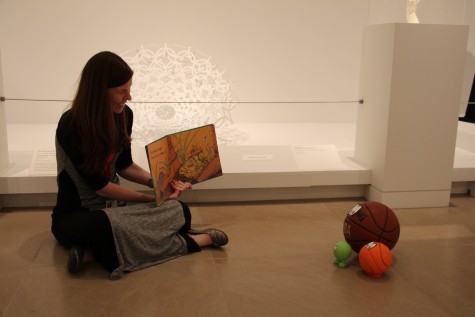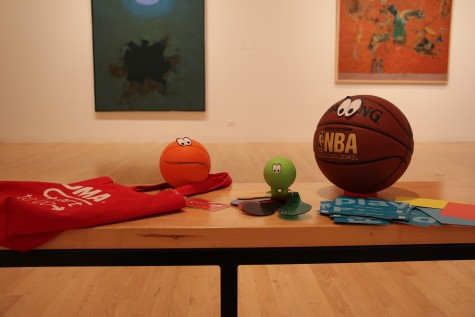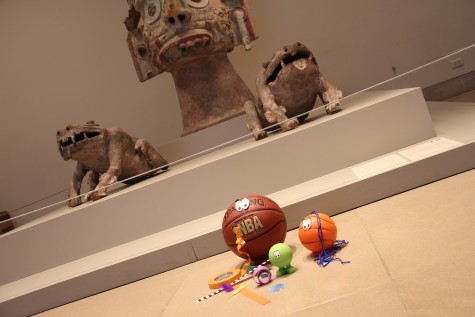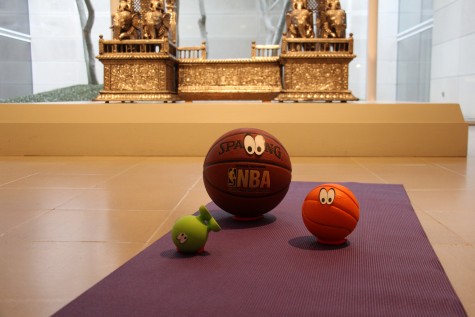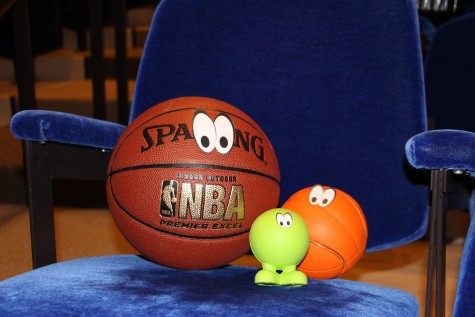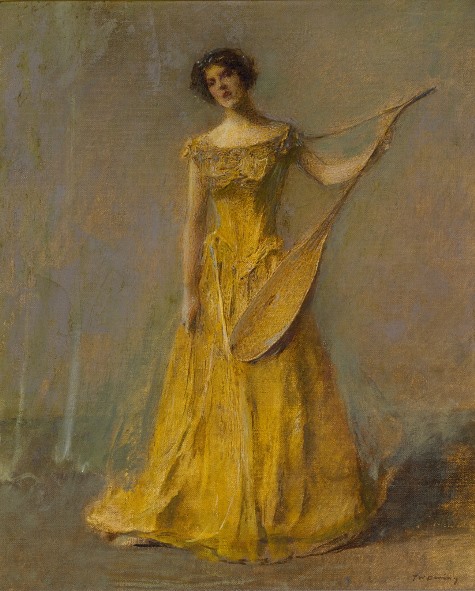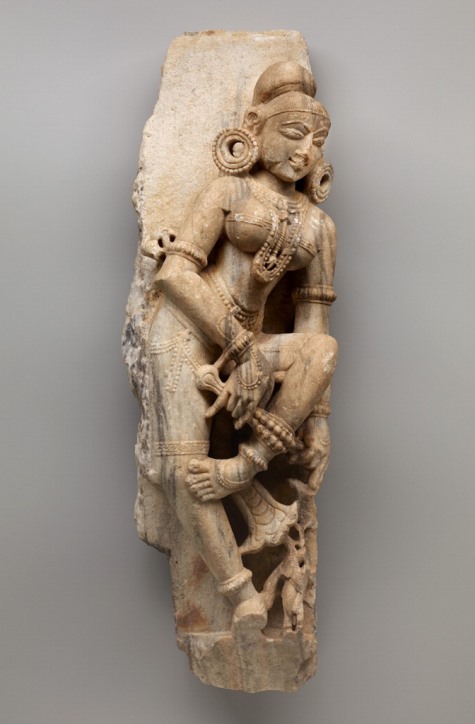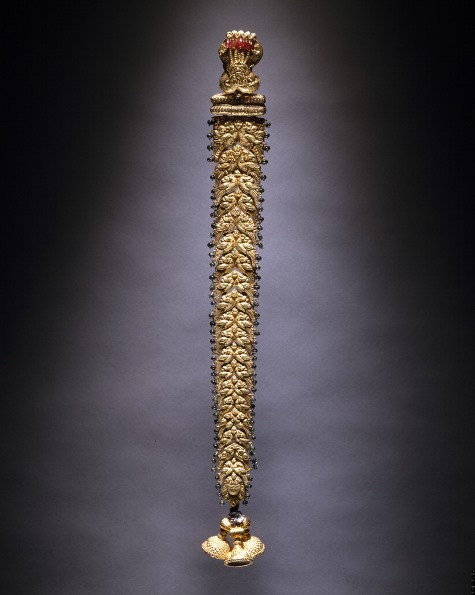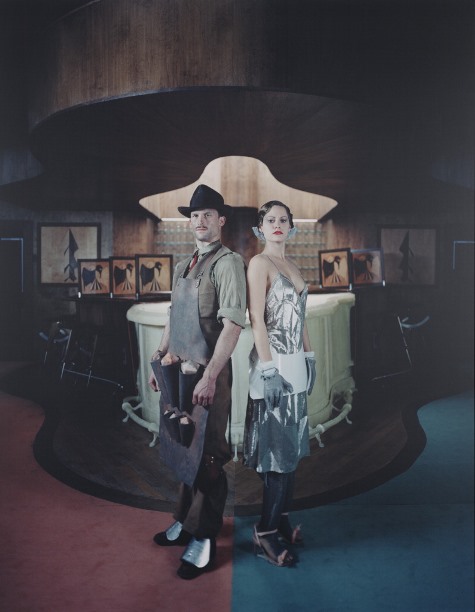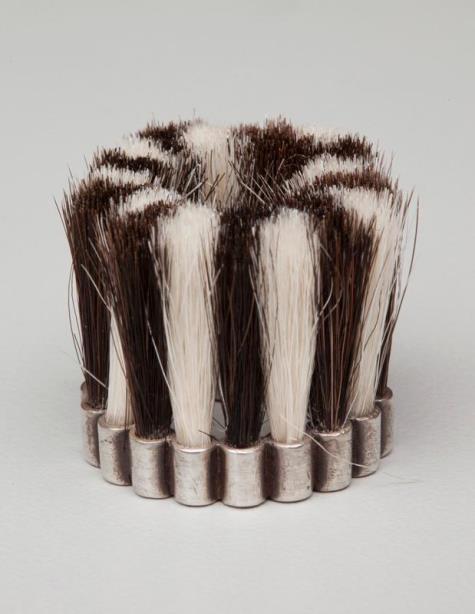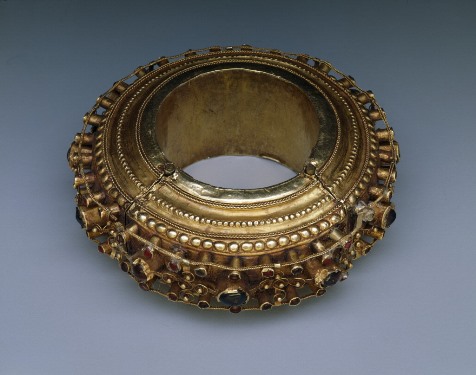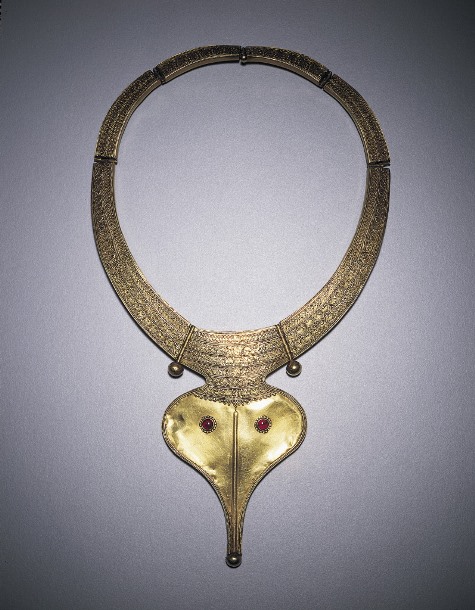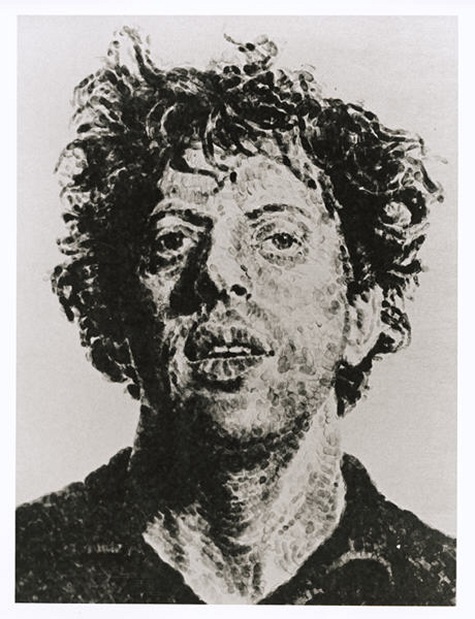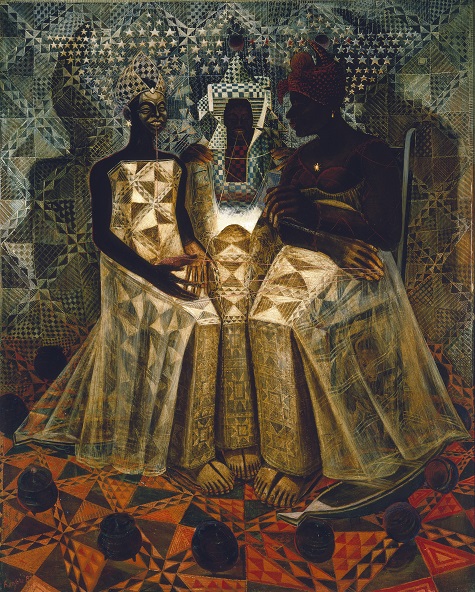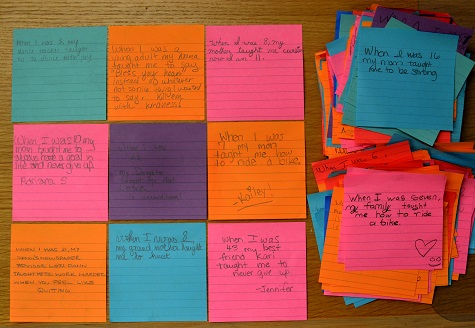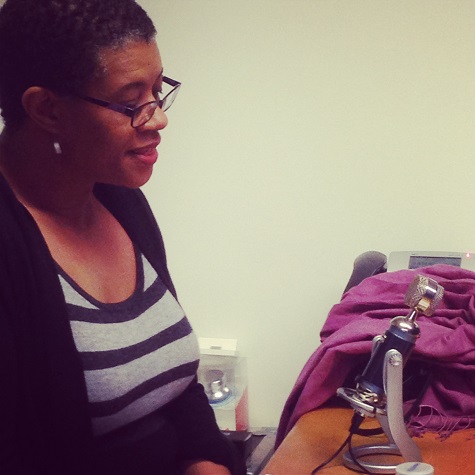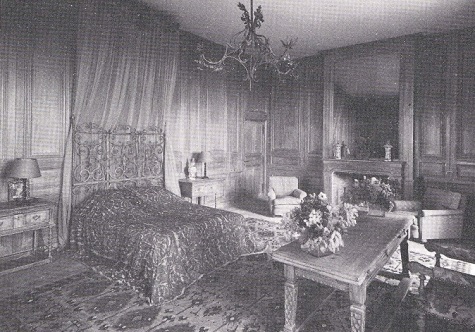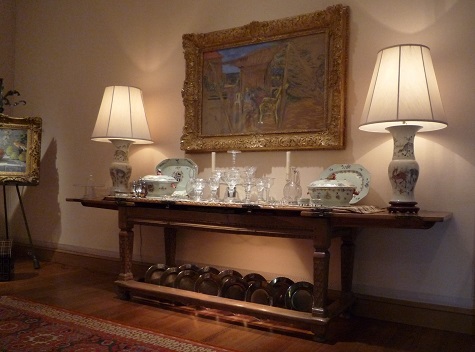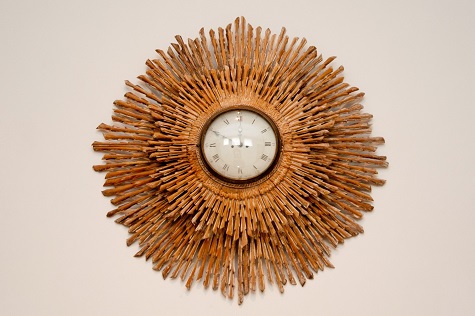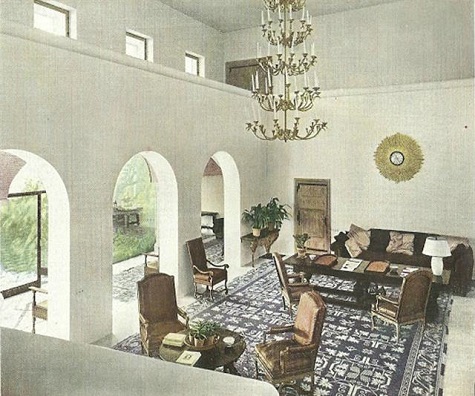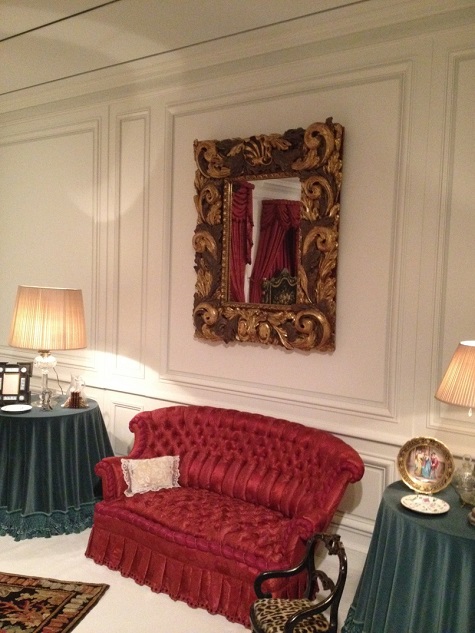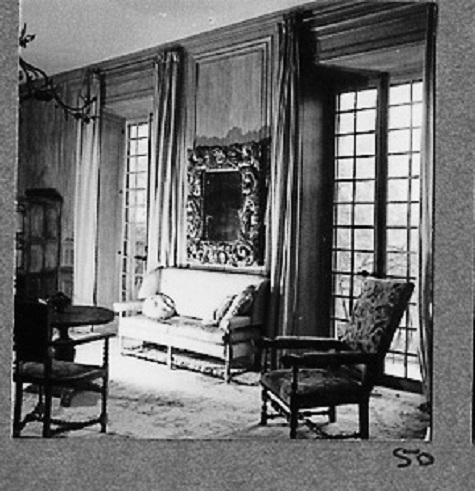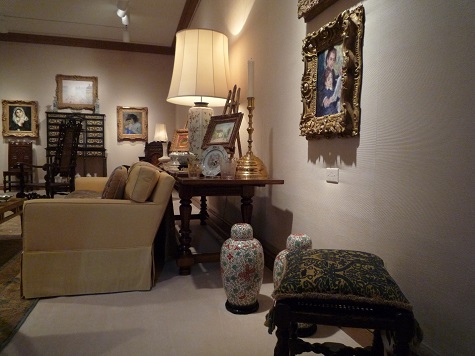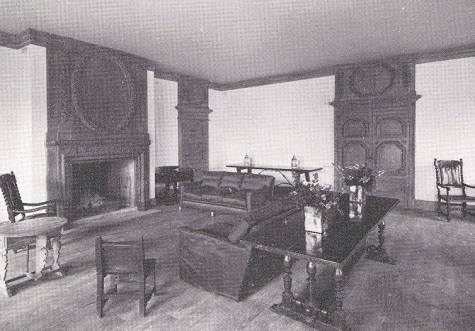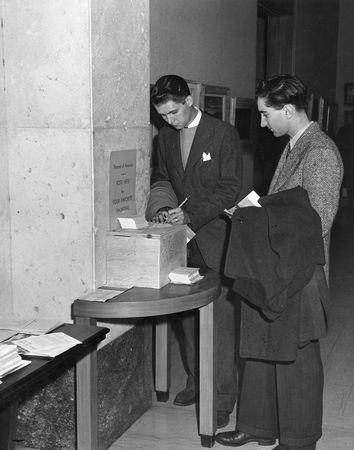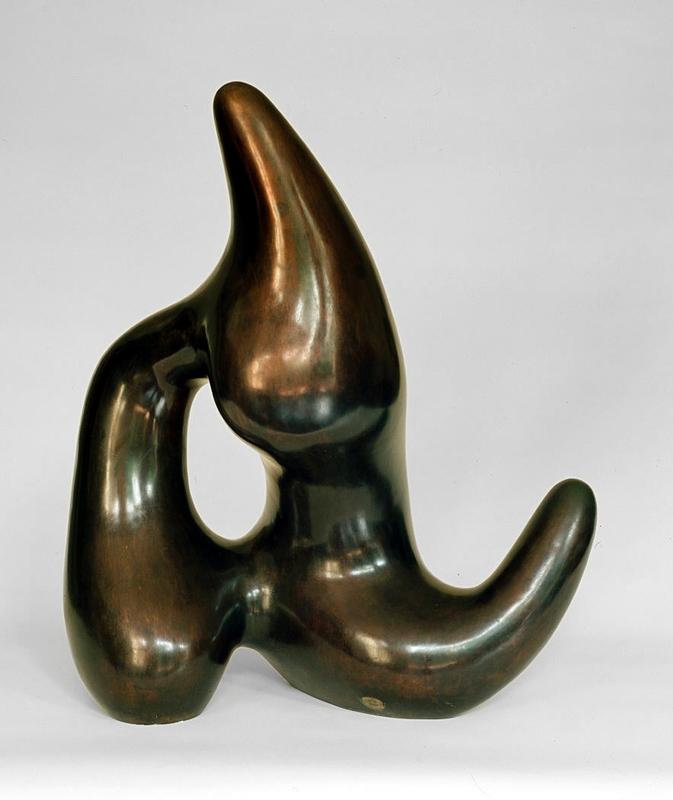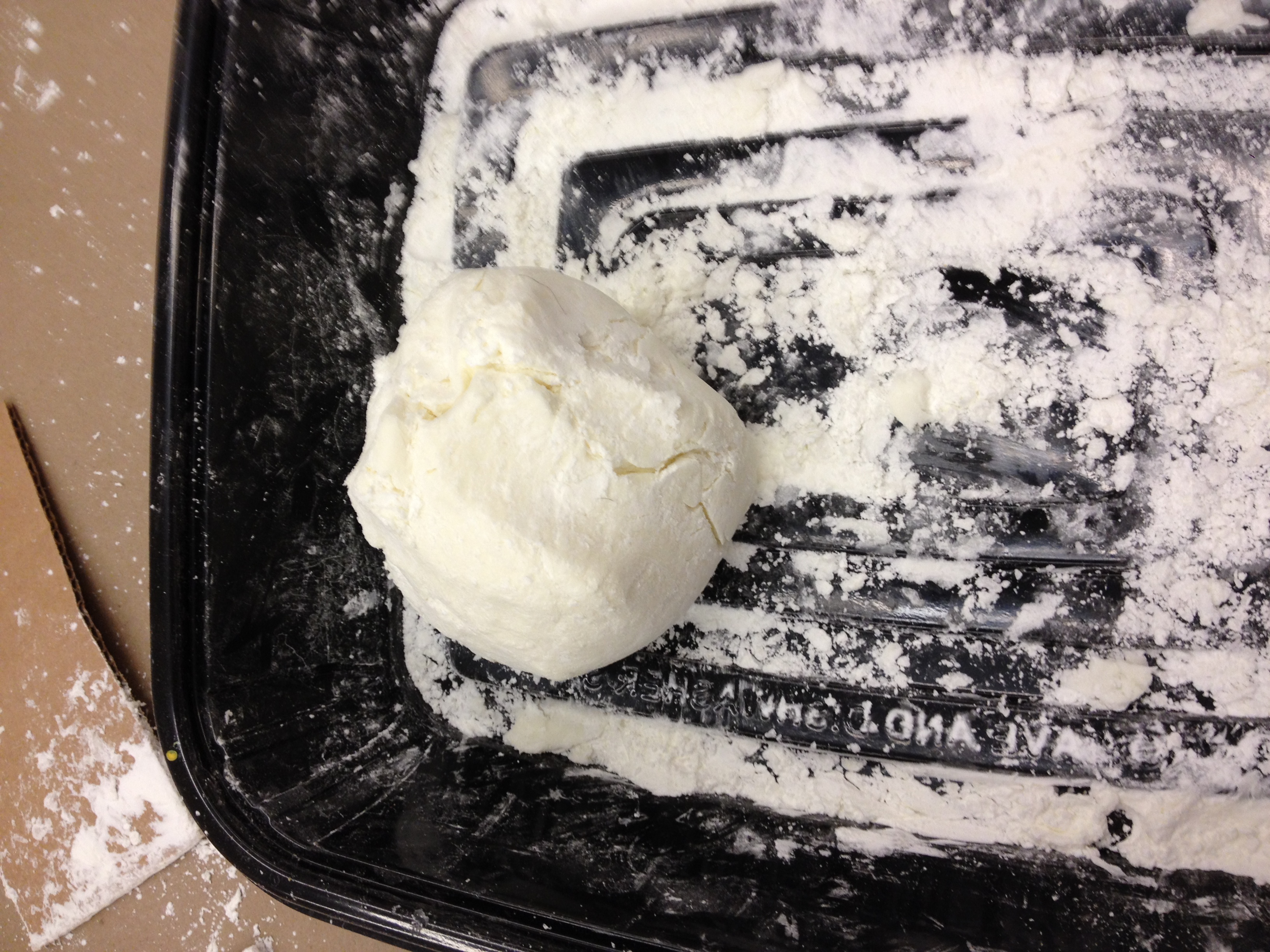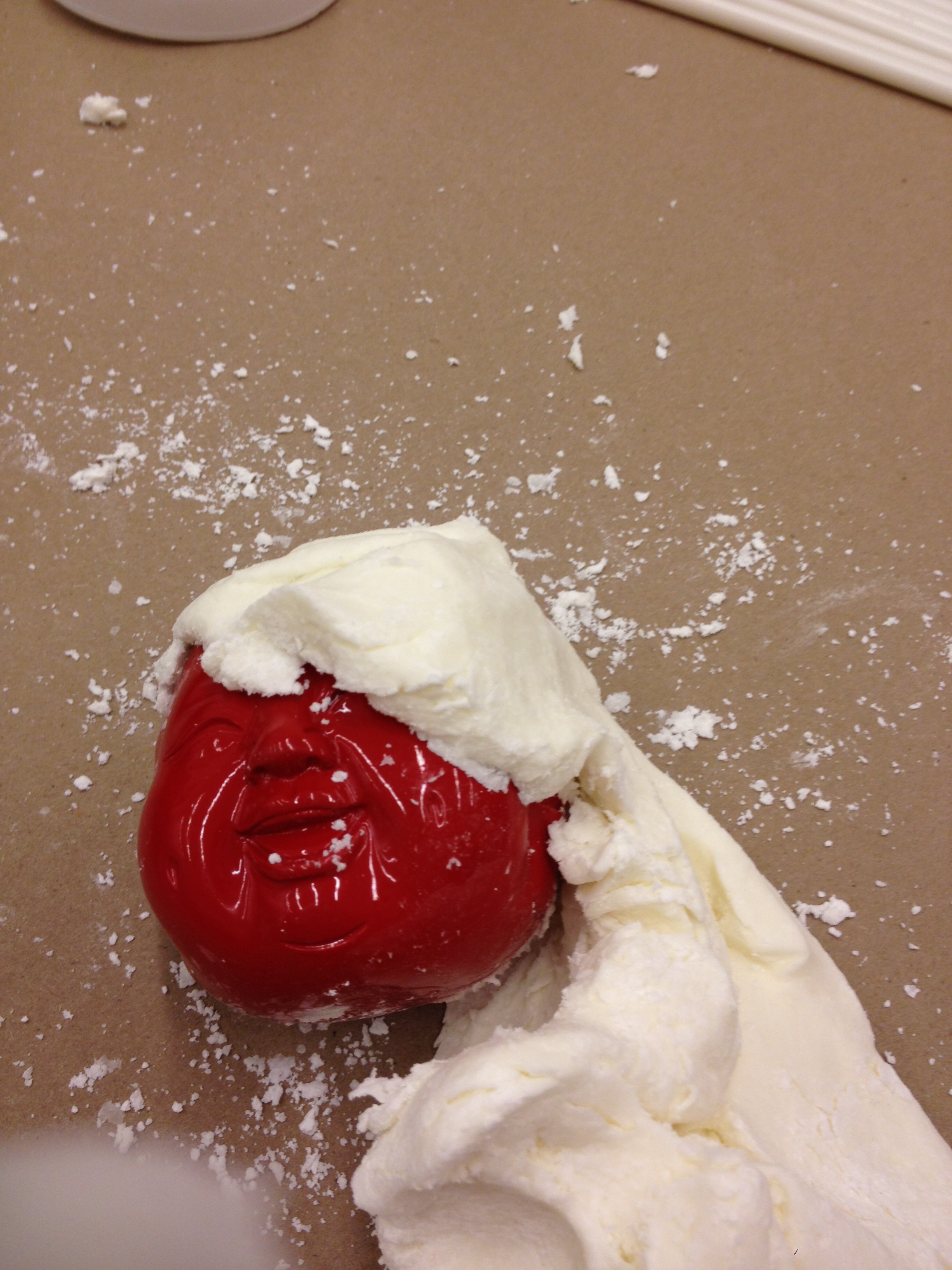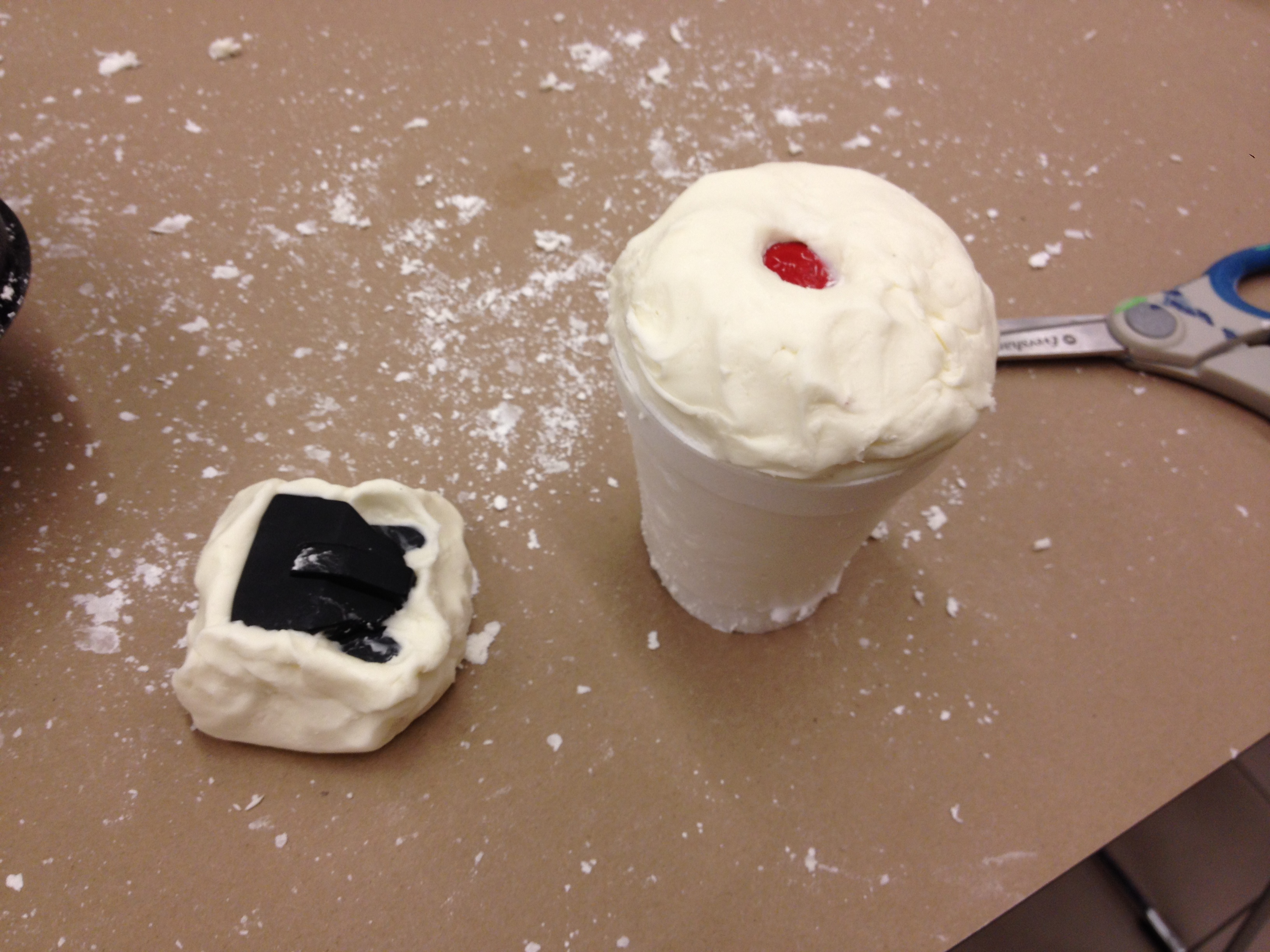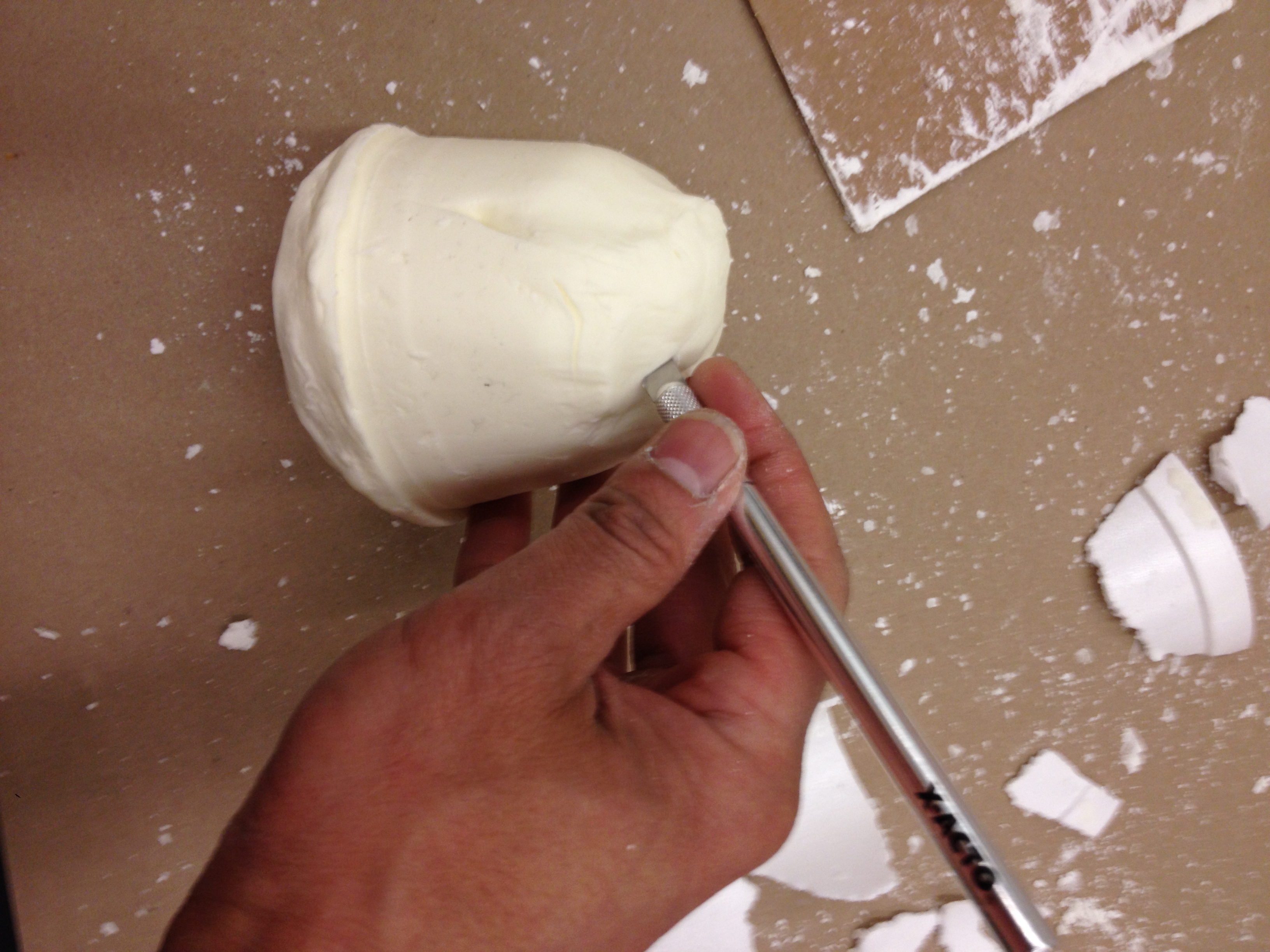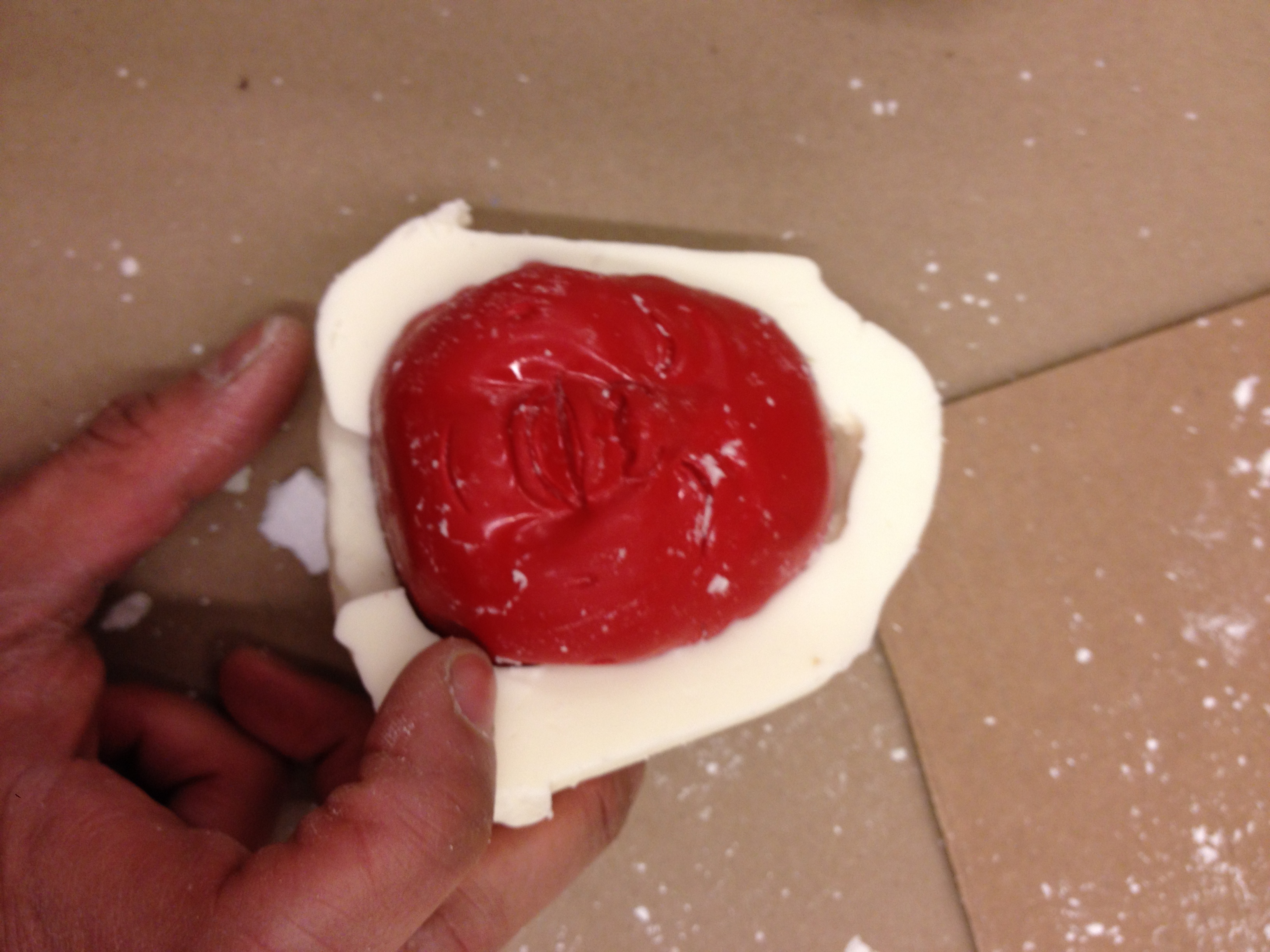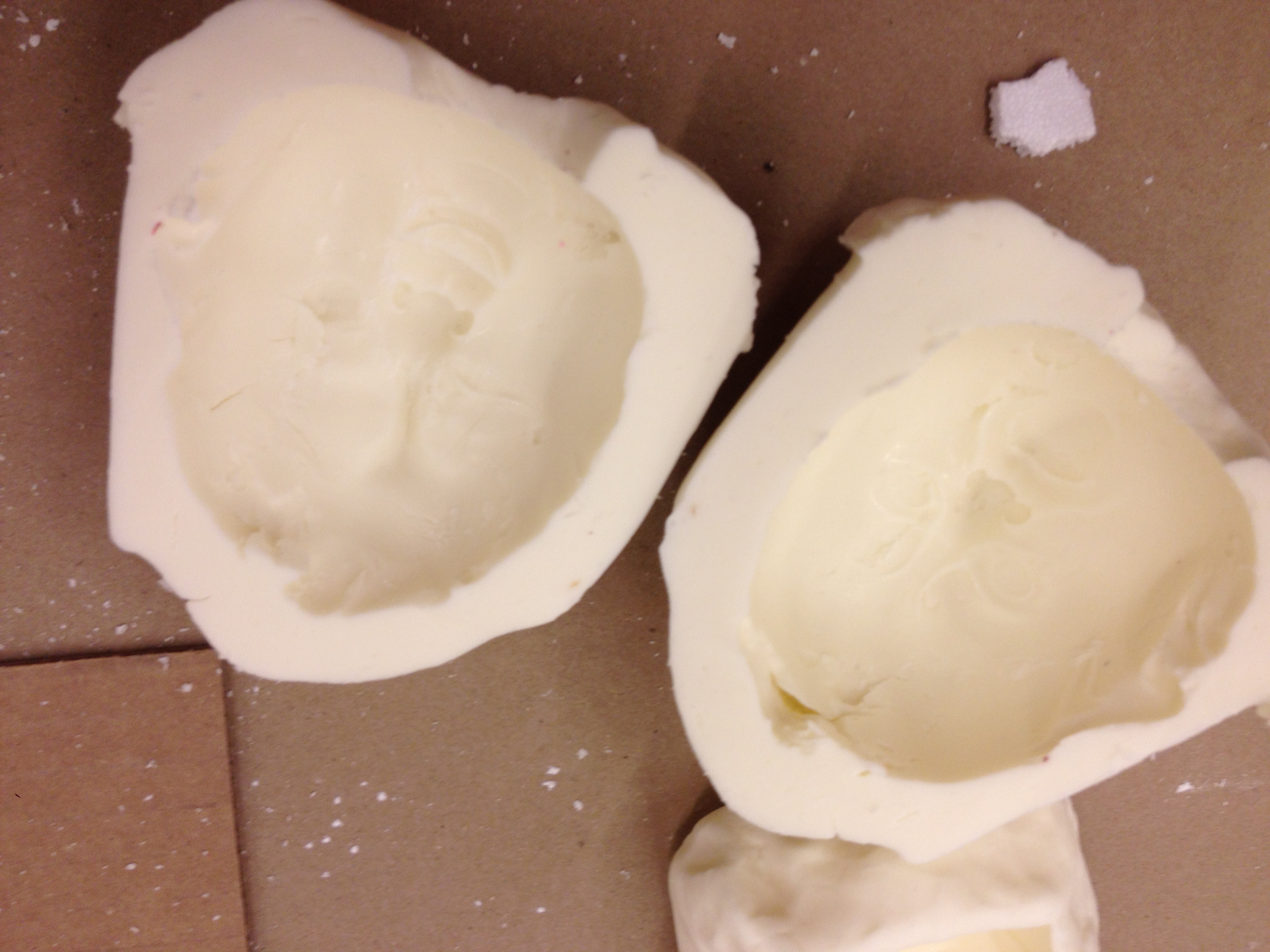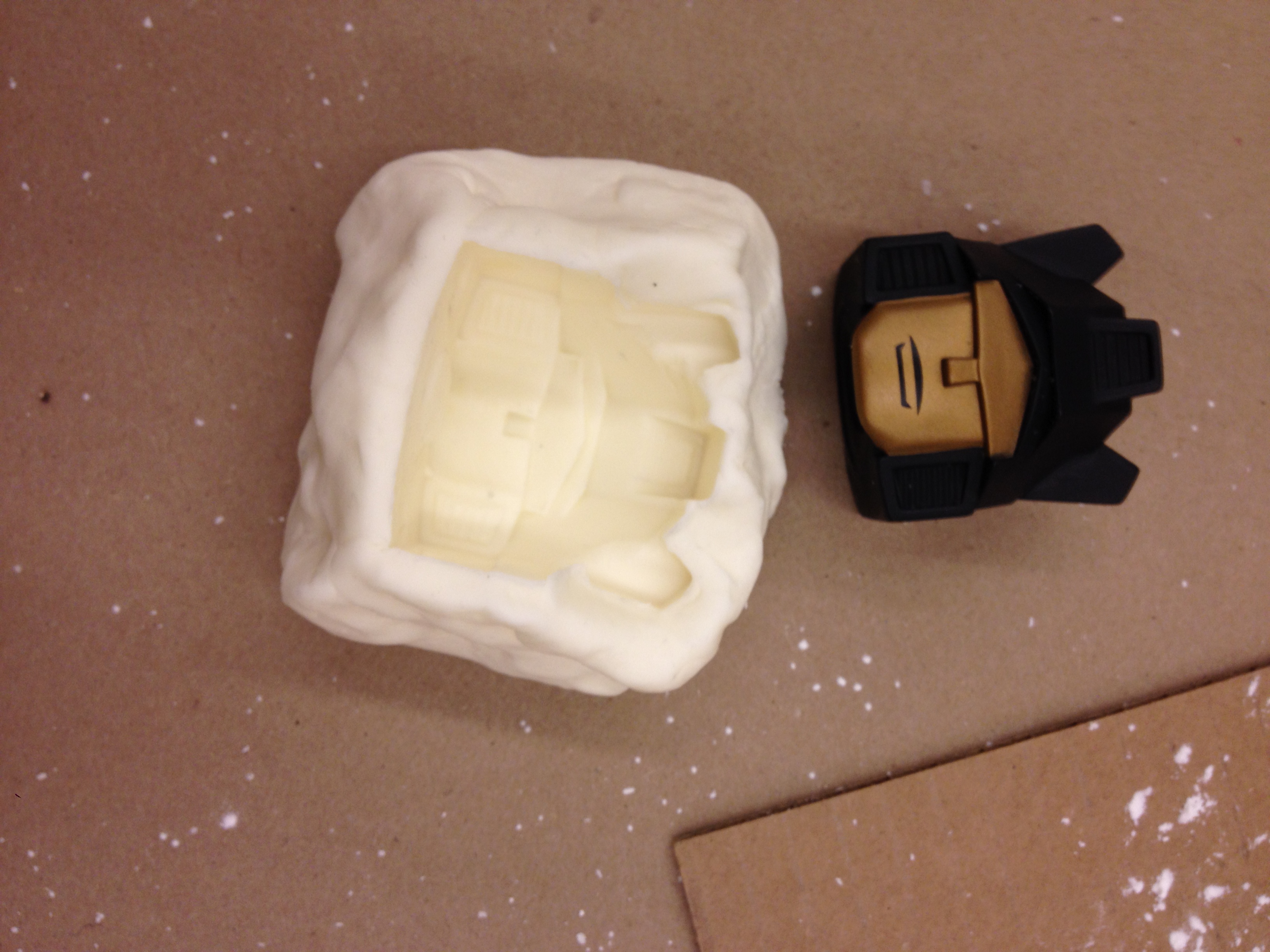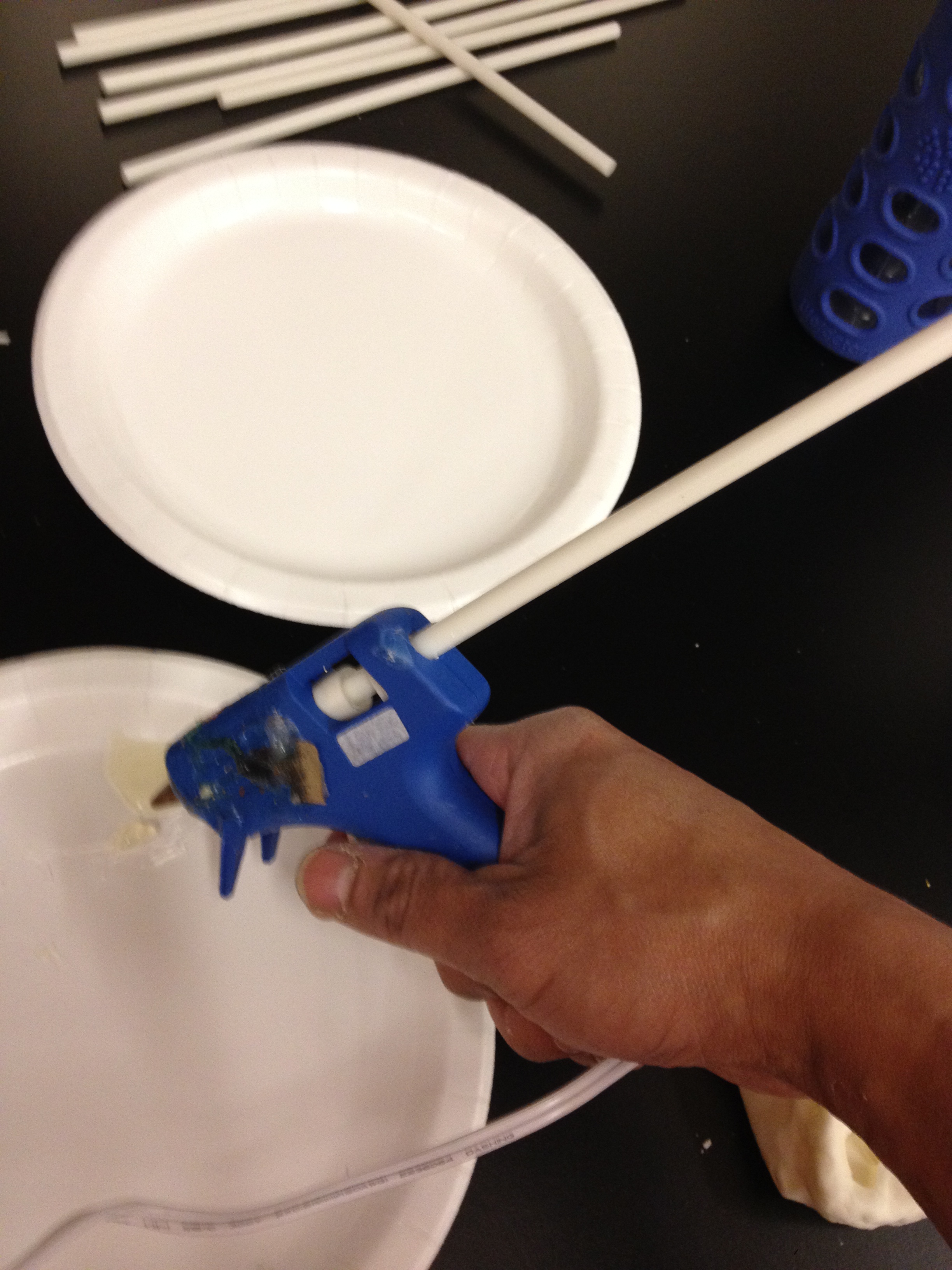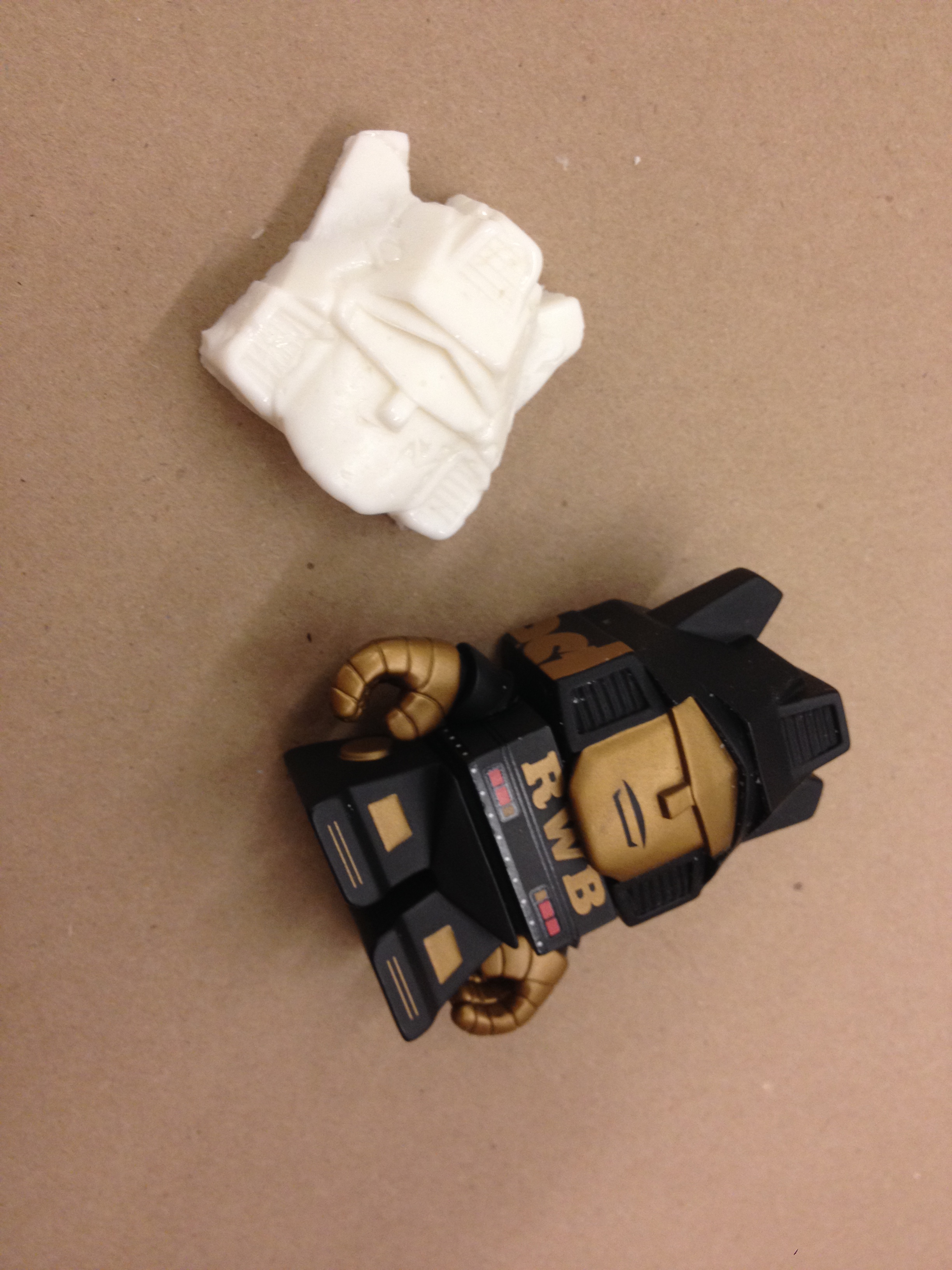For the exhibition Never Enough: Recent Acquisitions of Contemporary Art, New York-based artist Darren Bader visited Dallas to help us realize a unique work recently purchased by the DMA. Bader is known for his innovative and unconventional use of materials that push the boundaries of sculpture and activates environments with unexpected pairings and phenomenological experiences.
For example, in the 2012 exhibition Darren Bader: Images at MoMA PS1, the artist presented a room filled with a newly upholstered couch and several live housecats, all of which were available for adoption by museum visitors. Elsewhere the artist installed a selection of vegetables, each on its own wooden pedestal, that was made into salad for gallery visitors by a museum staffer twice a week. While these works all had a social dimension, for the artist these elements are understood to be sculpture of one form or another, albeit in the most expansive definition of the word.
Bader’s work also frequently employs double-entendres and wordplay, as is readily apparent in the series of rhyming couplets that make up the recent acquisition at the DMA, and which is now on view: obi and/with SCOBY; oak with/and smoke; owl and/with towel; oar with/and store; oil with/and mohel; oat and/with note; orc with/and fork. Generally, when a museum purchases a work it has a set physical form, but in this case the work itself consists solely of the words listed in the title above and the conceptual potential for realizing these couplings. These absurd combinations can be realized in physical space (e.g., placing a rowing oar in the DMA store) or in the form of photographic or video documentation to be displayed in the galleries. Contractual agreements like this have a long history within the canon of conceptual art, including works by Marcel Duchamp, Yves Klein, Hans Haacke (with the aid of dealer Seth Siegelaub), and Andrea Fraser, among others.
As the curator for this exhibition, I was tasked with coordinating and/or sourcing the various elements needed to realize this work, including an obi and SCOBY, owl and towel, and even a mohel (more on that in a later blog post). In order to find an owl, we got in touch with Kathy Rogers from Roger’s Wildlife Rescue down in Hutchins, Texas.
Kathy and her team run an amazing facility that rescues, rehabilitates and houses hundreds of birds of all varieties. For our project, Kathy had three types of owls available—Barred, Barn and Screech—and ultimately we decided to go with Forest, the Barn Owl. Forest was born in captivity, so he is very comfortable around humans and was more than happy to be filmed by the DMA’s crew.
Next we had to find a SCOBY (Symbiotic Colony of Bacteria and Yeast) to go along with the obi (a traditional Japanese sash used with a kimono) we purchased from eBay. Lucky for us, the wonderful people at Holy Kombucha in Fort Worth were more than willing to provide us with a grade-A large SCOBY. While the SCOBY itself is naturally slimy and smelly, it is probiotic, and when used in kombucha it makes for a very tasty health drink; however, in order to exhibit the SCOBY our Objects Conservator dried it in an oven for several hours until it became a tissue-paper thin wafer.
For those that are curious, the SCOBY will be on view in the Stoffel Gallery, along with video clips representing other pairings from the Bader piece scattered throughout the galleries (included in free general admission!). We have also staged two small interventions outside the gallery spaces that you might encounter on your next trip to the DMA. So if you find an oar in the DMA store, or oats in the DMA donation box, don’t be alarmed . . . it’s only art.
[youtube http://www.youtube.com/watch?v=uL845ud2rM0]
Gabriel Ritter is The Nancy and Tim Hanley Assistant Curator of Contemporary Art at the DMA.

